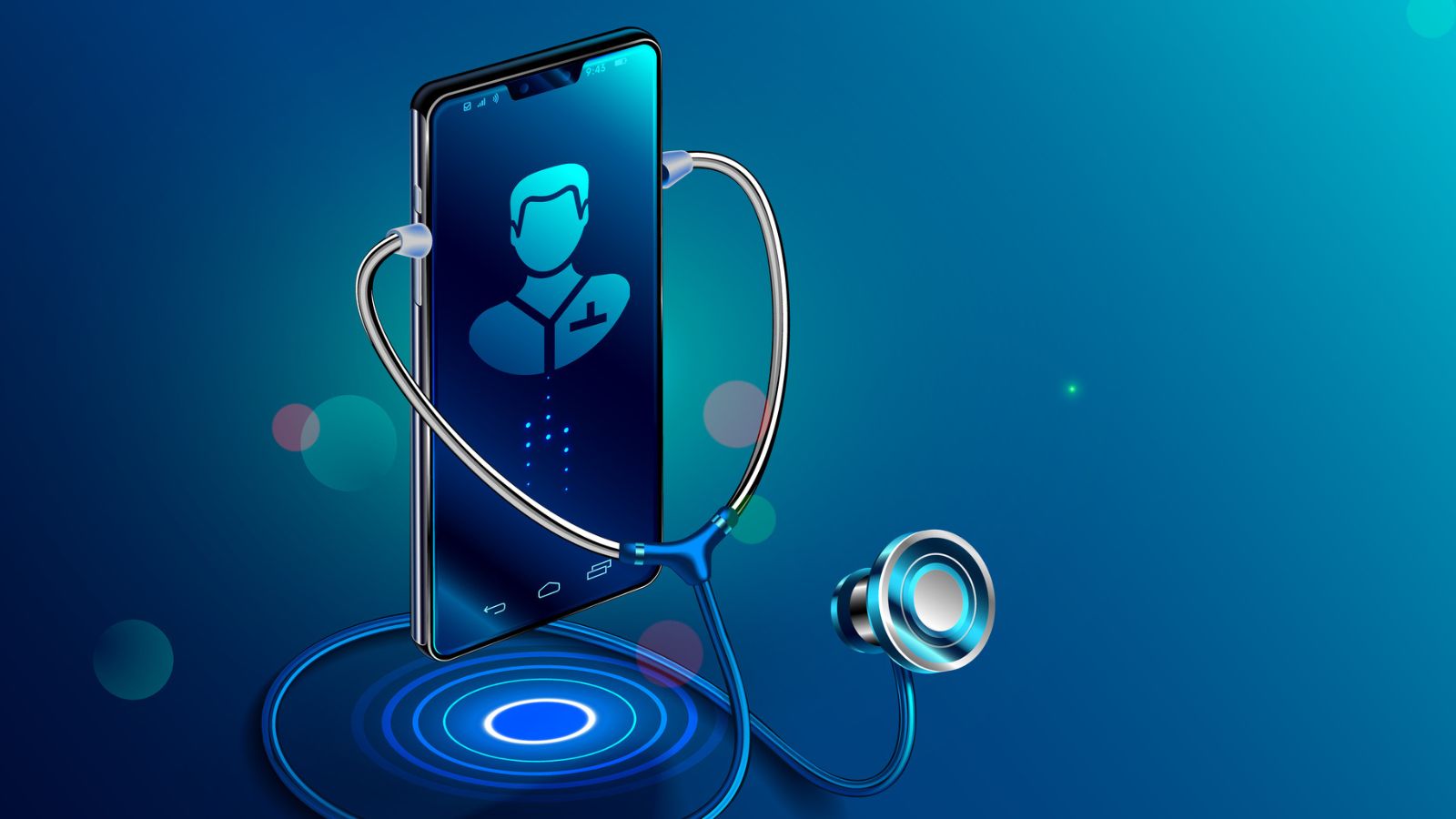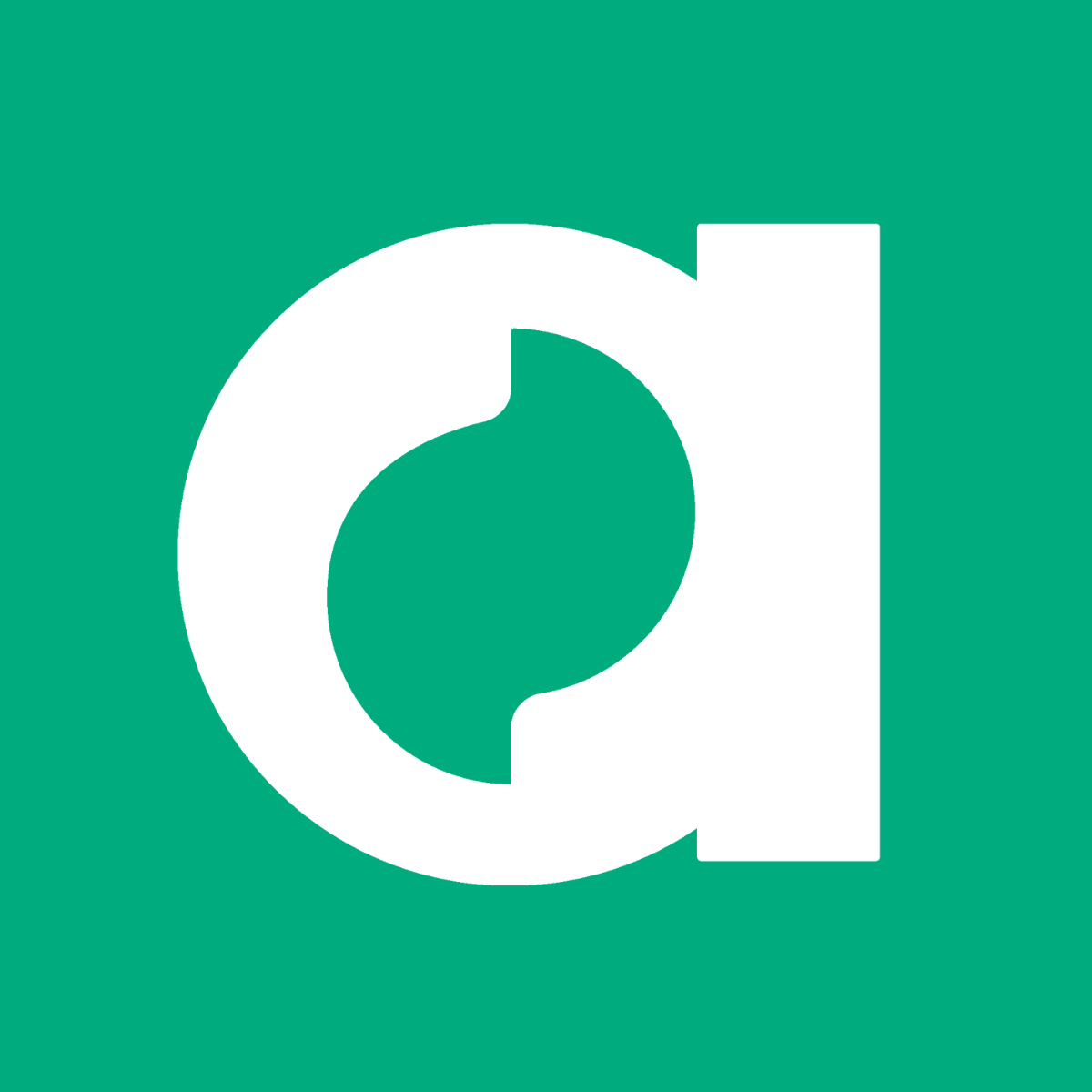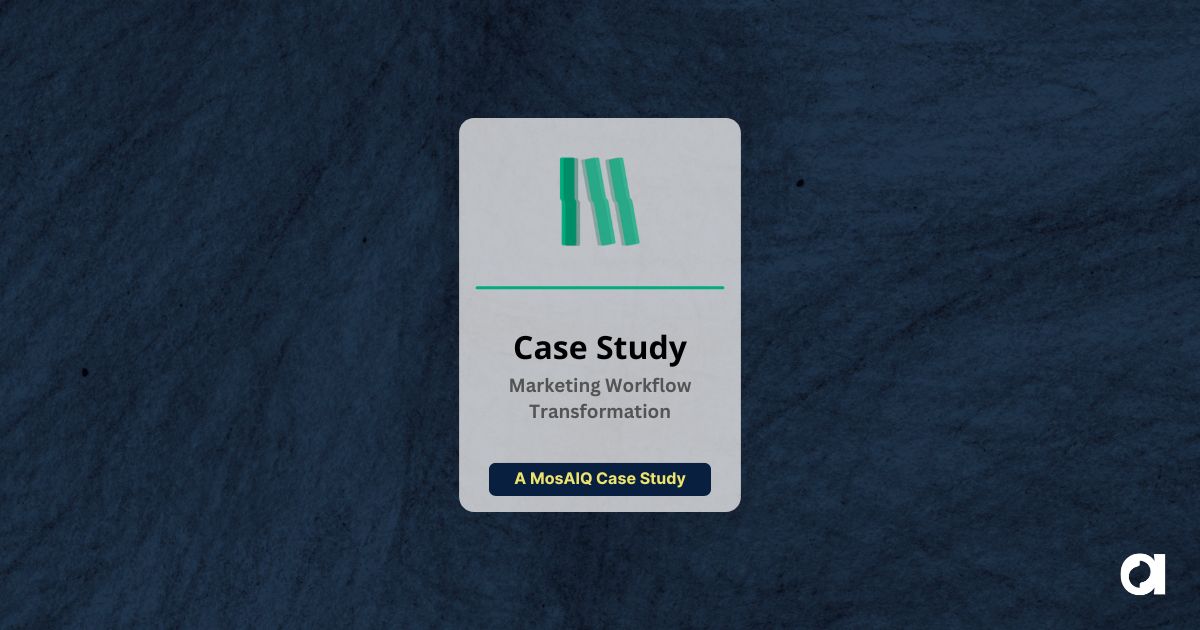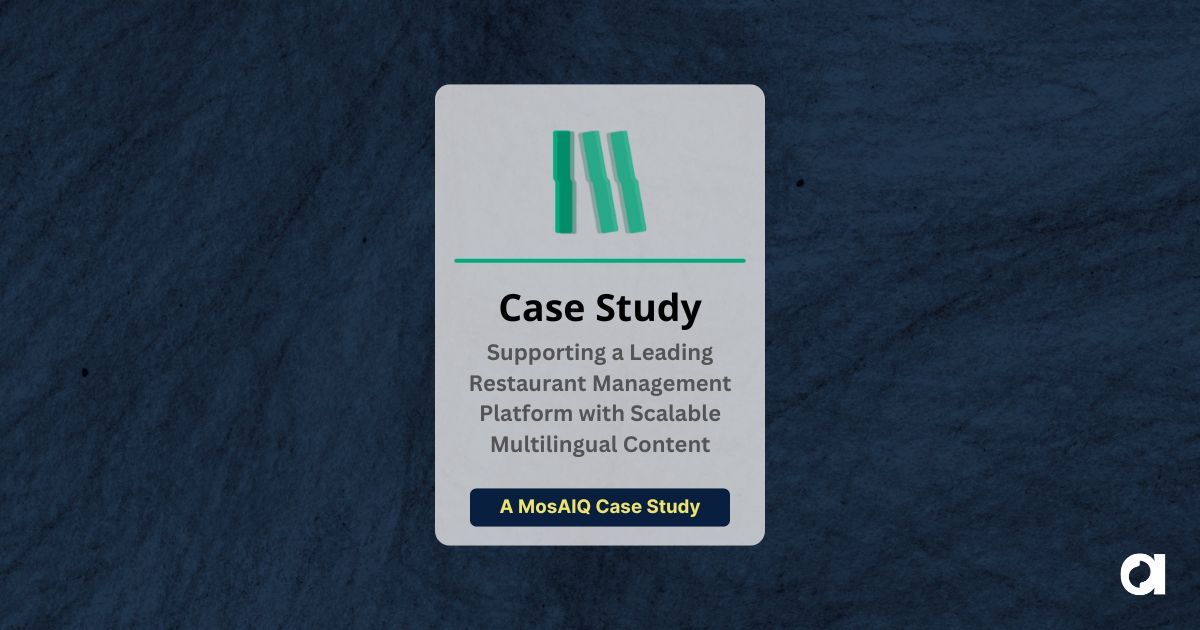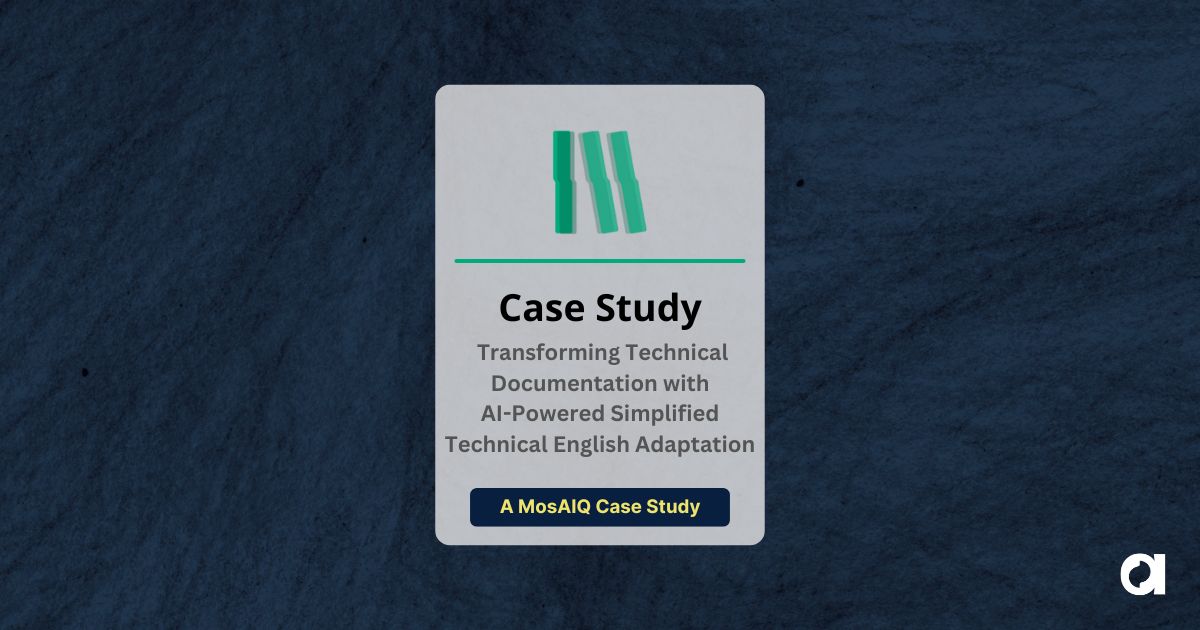Digital health apps are reaching more users worldwide, offering new ways for patients to access care, manage chronic conditions, and communicate with providers. But global reach comes with a challenge: navigating different and frequently changing regulations.
Healthcare compliance is rarely straightforward. Data privacy laws shift. Accessibility requirements tighten. Medical device regulations add new demands for accuracy and security. These evolving rules shape how digital health apps collect, store, and present information—and when language is involved, the complexity only increases.
For companies in this space, multilingual compliance is a foundational part of making sure their apps meet both legal requirements and user expectations. Language barriers can limit access, create misunderstandings, and even result in failure to comply with local healthcare requirements.
The best approach? Treat healthcare translations as part of the software development process, not an afterthought. When companies plan for multilingual compliance from the start, they can adapt to new regulations more efficiently, reduce costly rework, and improve the user experience for patients in every market.
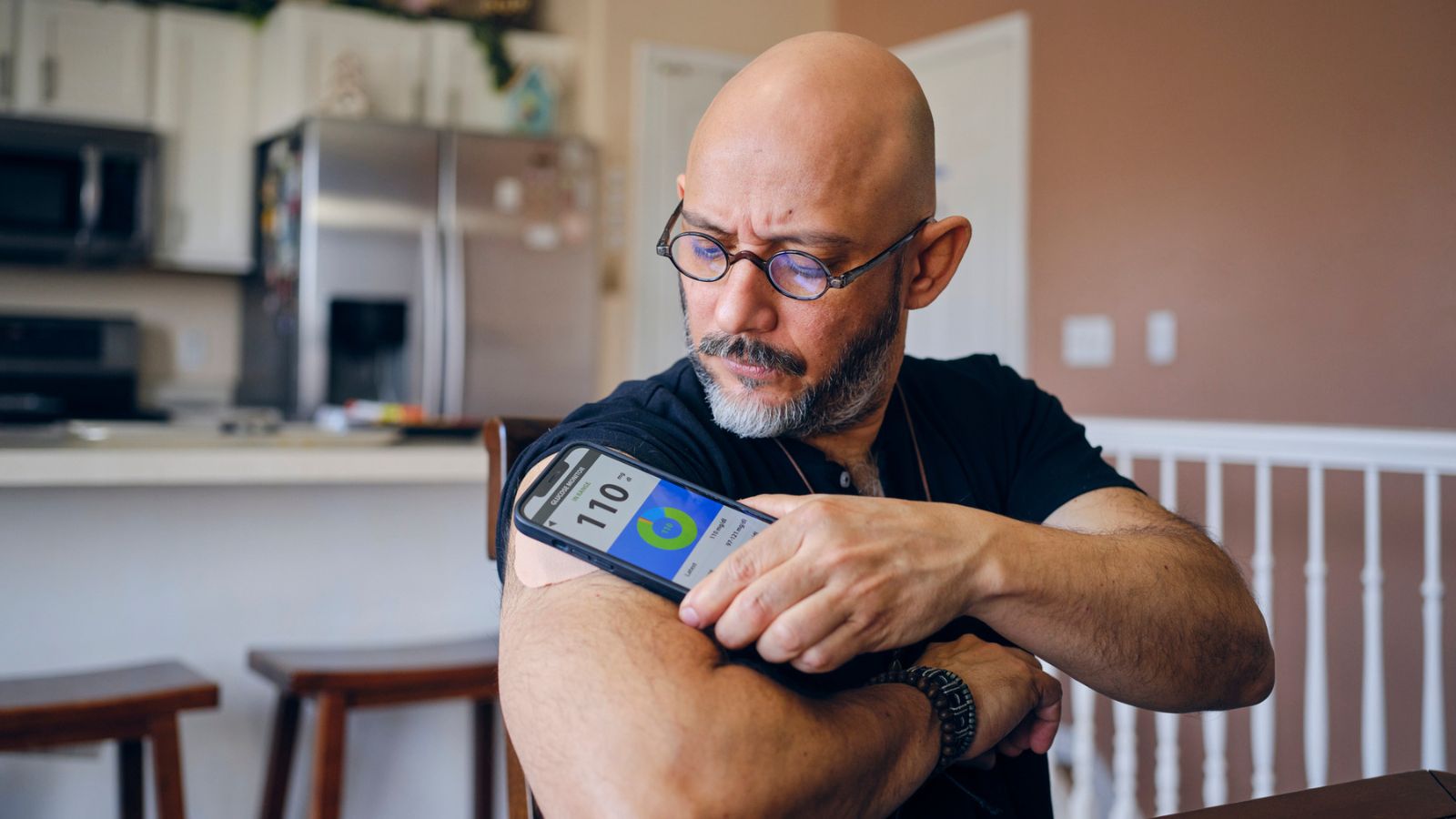
Building Compliance into the DNA of Digital Health Apps
New privacy protections, evolving accessibility standards, and updated medical device rules all impact how healthcare compliance software manages patient data, user consent, and multilingual communication.
The regulatory landscape isn’t uniform. The EU’s General Data Protection Regulation (GDPR) enforces strict data privacy controls, while the Health Insurance Portability and Accountability Act of 1996, known as HIPAA, shapes compliance in the U.S. In Asia, country-specific frameworks govern medical software certification. Some regulations, such as China’s Personal Information Protection Law (PIPL) and Brazil’s LGPD, also impose strict data localization requirements, affecting where patient data can be stored and processed.
For example, the U.S. Food and Drug Administration (FDA) mandates a centralized approval process for medical devices, involving direct oversight and evaluation by the FDA itself. In contrast, the European Union employs a decentralized system where Notified Bodies—independent organizations designated by EU countries—assess medical devices for conformity. This divergence means that a digital health app might receive swift approval in one region and prolonged evaluation in another, underscoring the necessity for adaptable compliance strategies.
Compliance includes both technical requirements and accurate, legally sound content. Technical and regulatory documentation like patient instructions, consent forms, and privacy policies must be accurate, consistent, and legally sound in every language. Companies that embed multilingual compliance into their content strategy from the outset reduce legal risks, avoid delays, and expand their market reach more efficiently.
A Healthy App Starts with You: Smart Strategies for Multilingual Compliance
Effective multilingual strategies rely on flexible systems and coordination across teams. Developers, content teams, and compliance specialists all play a role in keeping digital health apps accessible, accurate, and legally sound across languages.
A structured content management system (CMS) with built-in workflows can standardize terminology, maintain consistency, and integrate necessary modifications without disrupting operations. Version control, automated quality checks, and centralized asset management further help minimize compliance risks and streamline localization processes.
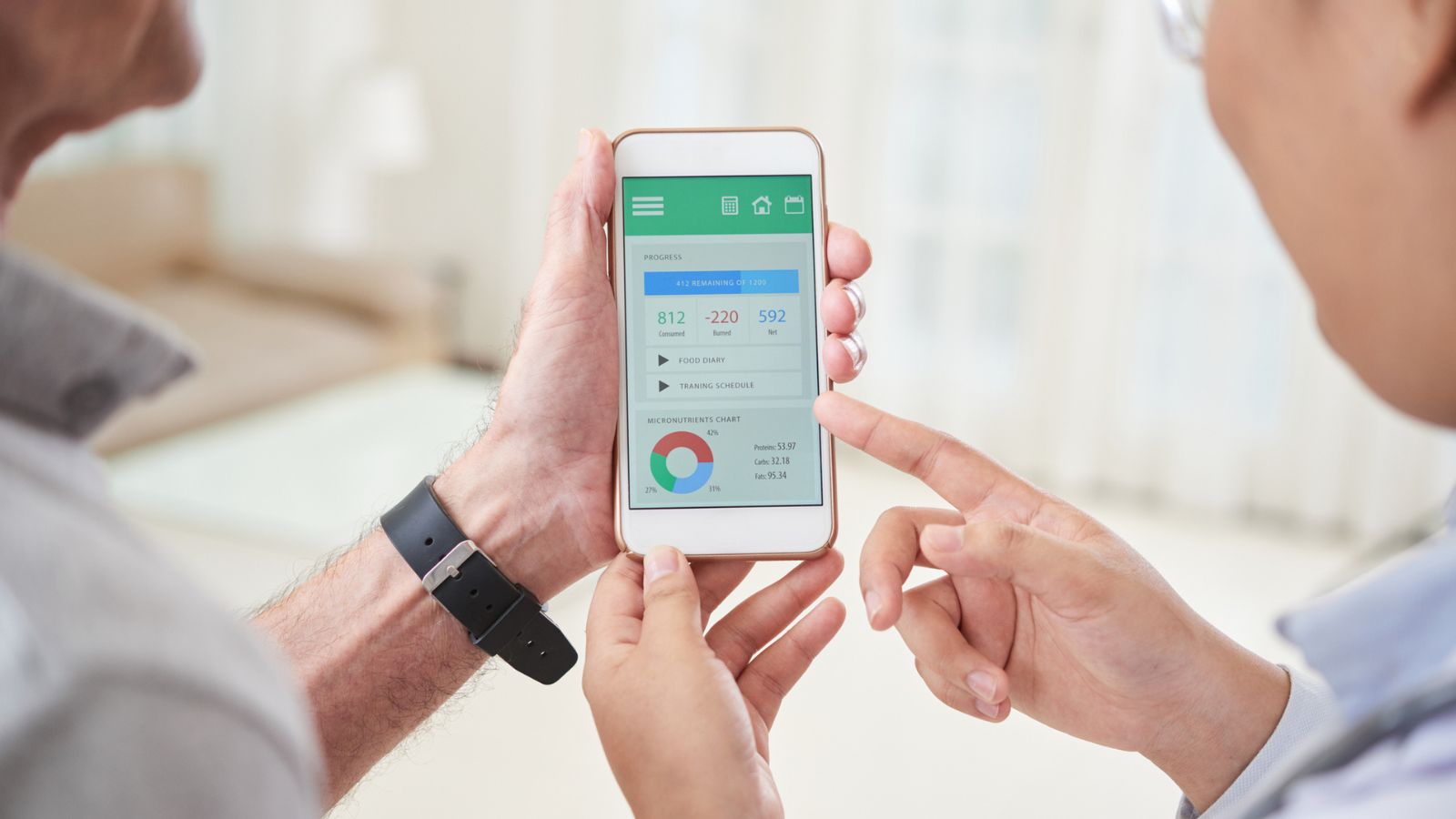
Frequent changes in healthcare regulations make regulatory monitoring essential. Staying informed through industry partnerships, regulatory updates, or legal counsel helps companies adapt before new requirements take effect.
Collaboration between localization and compliance teams strengthens both processes. When linguistic expertise is integrated early, companies avoid costly revisions and last-minute delays. AI-driven tools that support terminology consistency and quality checks further improve efficiency.
Compliance That Grows with Your App
Regulations are constantly evolving, and companies that integrate multilingual compliance into their core development strategy build more resilient, scalable digital health solutions. A well-structured multilingual compliance workflow reduces costly last-minute fixes, prevents regulatory setbacks, and enables smoother market access.
Argos Multilingual helps companies navigate multilingual compliance with confidence. Contact us to make sure your strategy keeps up.
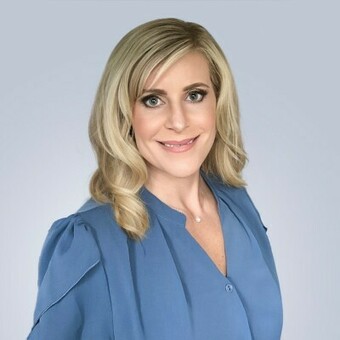 Leslie Iburg
8 min. read
Leslie Iburg
8 min. read
For many healthcare teams, keeping up with changing regulations is part of the job, especially when it comes to language access. But new regulations have introduced a new layer of complexity. Executive Order 14224, signed March 1, 2025 designating English as the official U.S. language, and the revocation of Executive Order 13166, have created new […]

 Robert Brodowicz
4 min. read
Robert Brodowicz
4 min. read
If only every document translation were 100% accurate 100% of the time. Unfortunately, we know this isn’t the case (yet). Human professional translators are a crucial resource for your translation and localization processes, but they are still human, and because of this your process is prone to human errors, both subjective and objective. When TM […]







